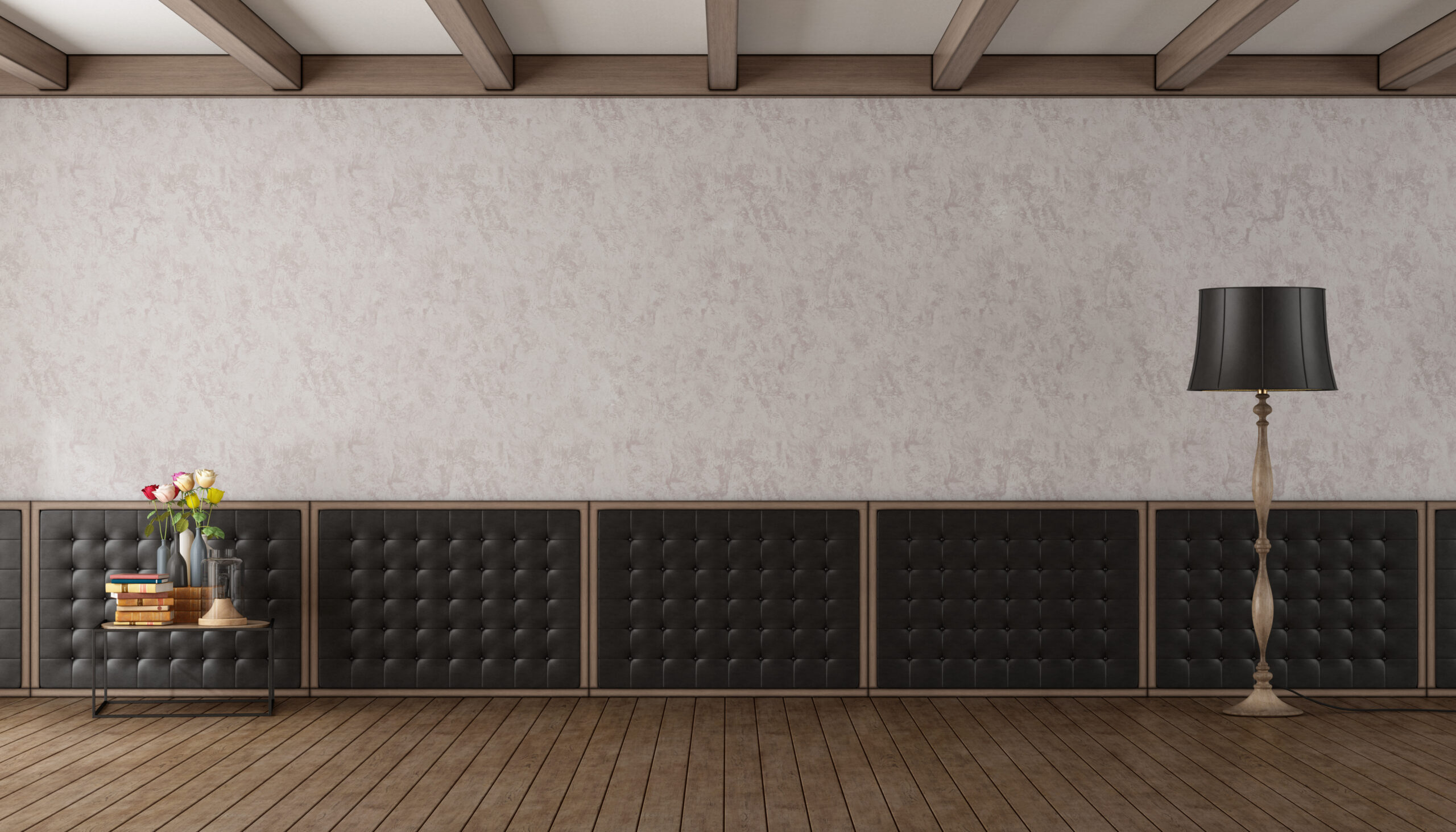Blog

What is Boiserie, and is it Used in Interior Design Today?
Back at the beginning of the last century, Elsie De Woolf became possibly the first person to receive payment for decorating a home. Although the term wasn’t yet coined, De Woolf effectively became the first professional interior designer.
Of course, there was already keen interest in decorating the interiors of homes and other properties, and for hundreds of years, the Italians had led the way. Around the middle of the fifteenth century, design ideas from Italy started to spread to royal dwellings in France. The Palais de Fontainebleau featured ornate molded and carved wooden paneling throughout its galleries.
Between the 17th and 18th centuries, intricate, engraved woodwork used as wall panels, became a common feature in the homes of aristocrats. The term boiserie came from the French term for wood and gave this type of wall covering its name.
What is boiserie and what is its purpose?

The term boiserie refers to carved wooden paneling. You may have heard of wainscoting panels before. French boiserie is a high quality wall covering which is similar, but often more intricate than wainscoting panels.
It was used heavily in French architecture during the 17th century and is seen in the period houses of that time. The carving could often be intricate, and costly, and was unlikely to be a feature in a regular person’s home. Some homes would feature whole paneled rooms, while in others the woodwork may have been used more sparingly.
But, boiserie needn’t be overly complex. Simple square wooden paneling and clean geometric lines and designs are also used in boiserie. The original purpose of these panels was not only to elevate a room’s beauty but also to provide insulation and heat retention.
Wooden panels were added to the walls of homes to help protect them, and to make homes warmer in the days before central heating existed. Carved and molded designs added decoration to the wooden panels. And they were fitted to bare areas of homes and other buildings to make them aesthetically pleasing.
Having boiserie in the home was also something of a statement. It signified taste, and perhaps wealth. As the fashion for this type of interior design grew, boiserie was no longer limited to living room walls, and ornate ceilings started to appear, along with grand corridors and even libraries were decorated with boiserie.
Is boiserie still used in interior design today?
For over 140 years, Parisian boiserie designers, Féau & Cie, have produced complex wood paneling for some of the grandest homes. Yet, despite having large projects everywhere from South America to Asia, it is just as often that boiserie will be used in a regular home or apartment.
Likely, the majority of homeowners who have boiserie have never heard of the term. Kitchen cupboards will often be decorated with boiserie. While the wall paneling seen in the Palace of Versailles is unlikely to fit a New York apartment, boiserie is still very much in today.
Where can boiserie be used?
Space is a premium in many cities, and interior designers know a few things about creating space, or at least the illusion of it. Boiserie can also add romance, and through careful use of this paneling, a tiny bedroom can become a grand Parisian boudoir.
Mirrors can create light and the illusion of space, and boiserie frames add elegance. If boiserie panels are used correctly, they can make rooms appear larger. They can also be painted, and treated. They don’t need to be simply used as they come.
Today, boiserie is used to convey the classic feel of France from centuries before with fireplaces or mirrors. Or, more modern styles can be used to create clean lines and add character to the dullest spaces. Boiserie can be used throughout a room or home, or a feature wall could be added. These wood panels are also useful for hiding imperfections and wall damage.
What materials can be used in boiserie?
The word ‘bois’ in French means wood, and the definition of boiserie is wood processing. Others say boiserie simply means wood cladding on walls. Traditionally this French decor would therefore be made from some form of timber. Typically, mahogany, oak, chestnut, or dark wood would be used. Yet, modern interior designers have found other materials that can be effectively used for boiserie, even if technically it should be named something else.
A boiserie type of wall or ceiling covering can be made from plaster, cement, marble, ceramic, and even bamboo. For an industrial effect, even metal can be used for a boiserie-style wall design. Shabby chic can be introduced along with pastel colors as you try different materials and DIY effects.
While a 17th-century French aristocrat may turn their nose up at a stucco boiserie effect, avoiding wood can offer more flexibility in some ways, and certainly, help to reduce costs. Moldings can come ready to use, can be used on fireplaces, and walls, and are high quality.
Summary
Some decorative styles and aspects of interior design never truly disappear. While there are especially grand examples of boiserie in evidence in stately homes, museums, and royal residences, much more modest dwellings can also benefit from these wall panels.
You can use boiserie to create one bold statement, or simply to create a rather special bedroom that screams classic French decor and romance. And unlike in the past, ready-made panels exist, so adding boiserie to a home is far simpler than back in the 17th century.